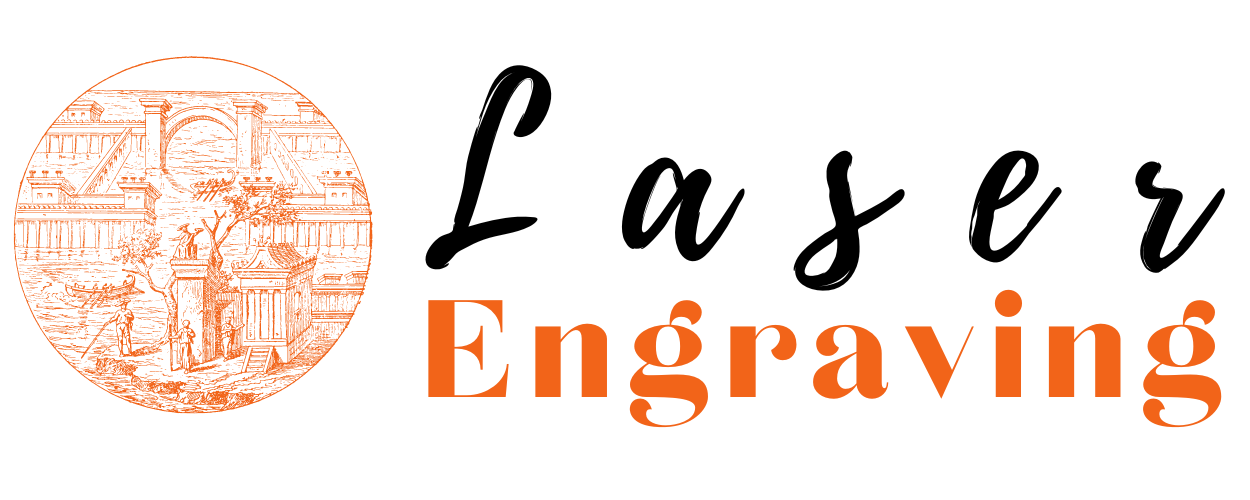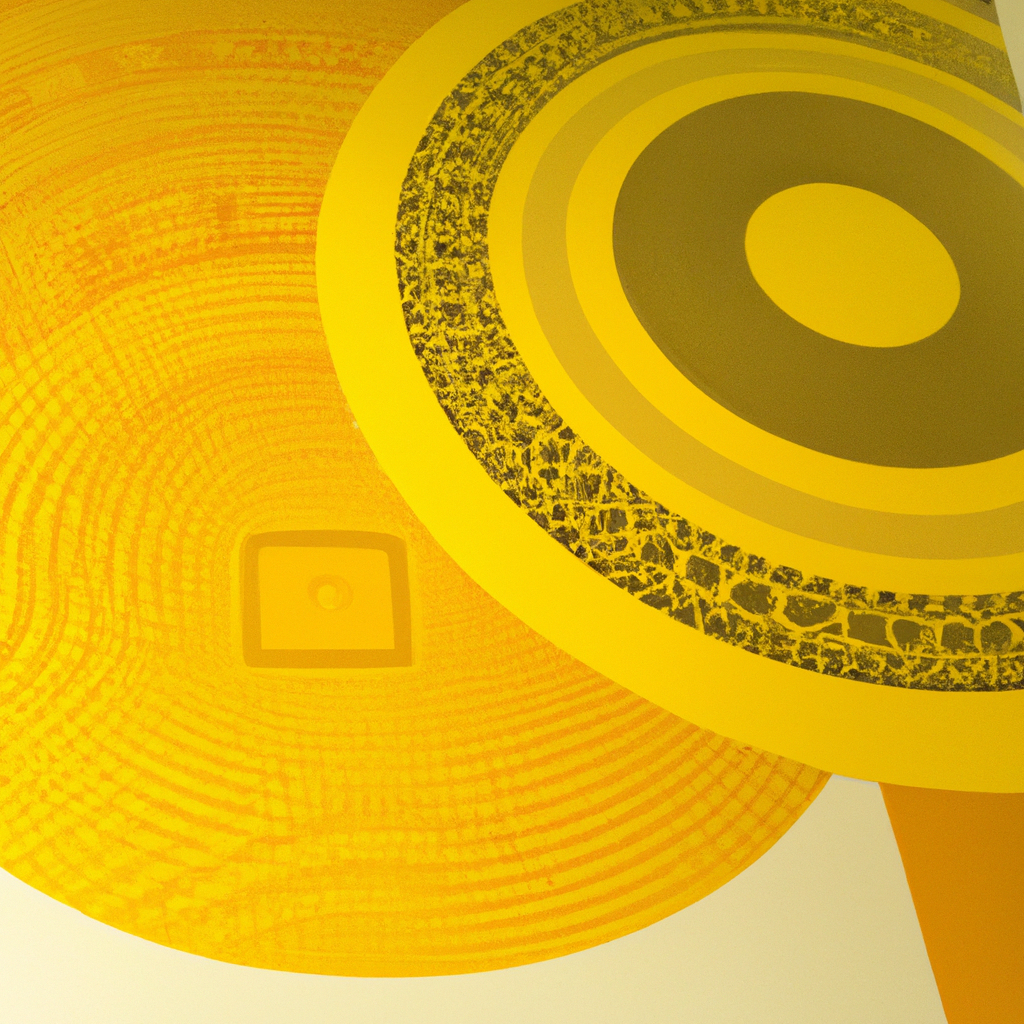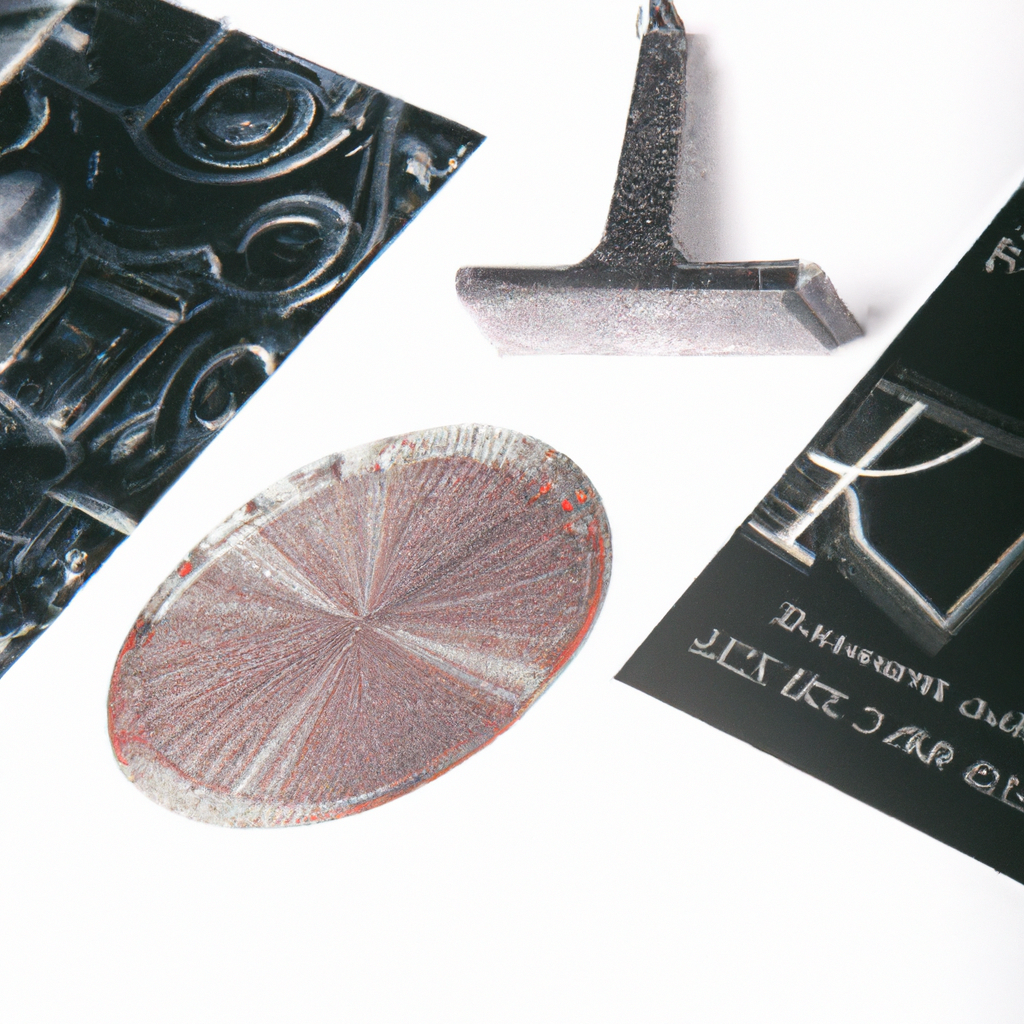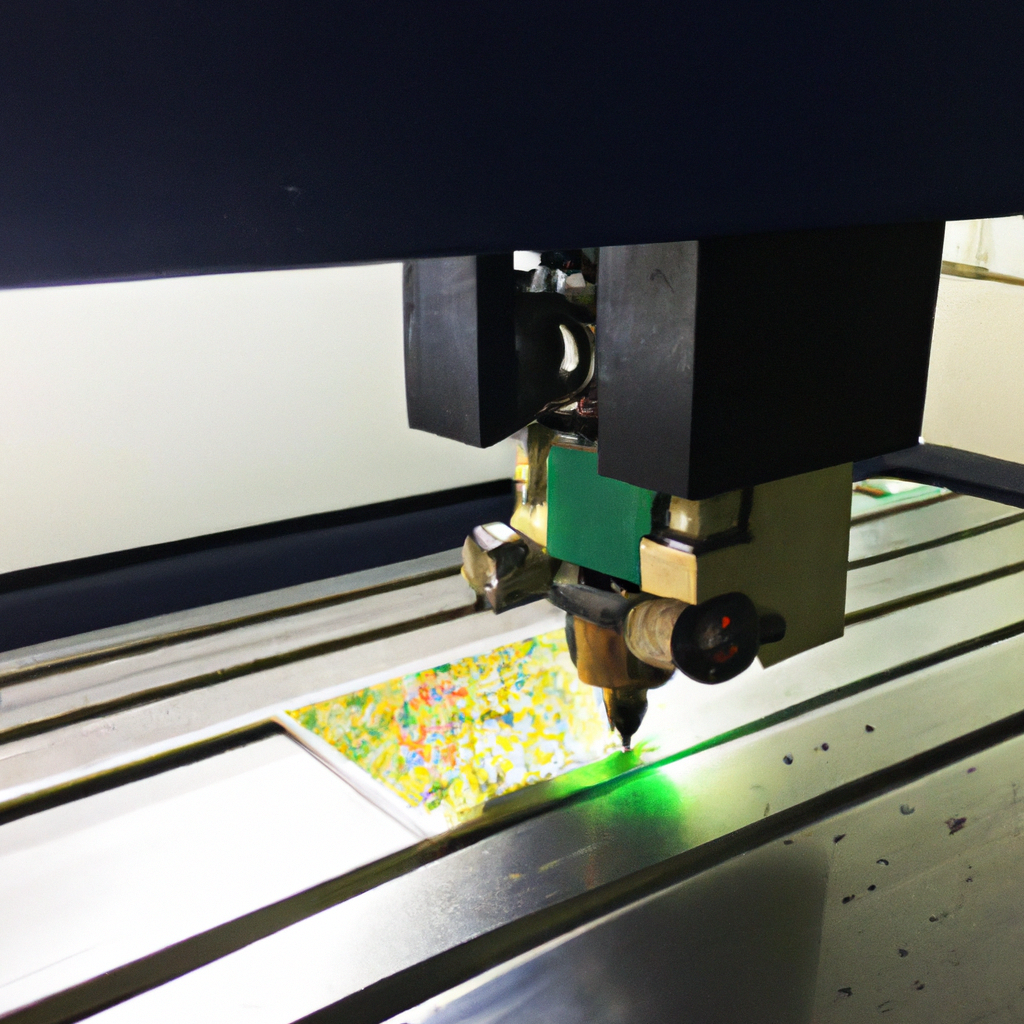Laser Etching Designs
Laser etching, also known as laser engraving, is a popular technique used to create intricate and detailed designs on various materials. With the advancement of technology, laser etching has become more accessible and affordable, making it a sought-after choice for many industries and individuals looking to add a personal touch to their products.
In this article, we will dive into the world of laser etching designs, exploring its applications, advantages, and the various materials that can be etched using this technique. So, let’s get started!
Applications of Laser Etching Designs
Laser etching designs find wide applications across several industries, ranging from manufacturing and marketing to personalization and artistic expression. Here are some notable applications:
1. Product Marking and Branding
Laser etching is commonly used for product marking and branding purposes. It allows businesses to engrave their logos, serial numbers, or other essential information directly onto their products. This not only adds aesthetic value but also enhances brand recognition and authenticity.
2. Personalization and Customization
One of the key advantages of laser etching is its ability to create personalized and customized designs. Whether it’s engraving a name on a piece of jewelry or adding intricate patterns to a wooden cutting board, laser etching allows individuals to create unique and meaningful designs tailored to their preferences.
3. Artistic Expression and Decorative Engravings
Laser etching is also widely used in the realm of art and design. Artists and designers leverage this technique to create intricate patterns, images, and text on various materials, such as wood, glass, acrylic, and even metals. The precision and versatility of laser etching make it an ideal choice for achieving detailed and visually stunning artworks.
Advantages of Laser Etching Designs
Laser etching offers several advantages over traditional engraving techniques, making it a preferred choice for many. Here are some notable benefits:
1. Precision and Detail
Laser etching allows for incredibly precise and detailed designs. The laser beam can create intricate patterns and fine lines that are difficult to achieve with other engraving methods. This precision makes laser etching suitable for complex designs, including intricate logos or text.
2. Versatility in Material Compatibility
One of the significant advantages of laser etching is its compatibility with a wide range of materials. Whether it’s wood, glass, plastic, leather, or even metals like stainless steel or aluminum, laser etching can be applied to various surfaces, expanding the possibilities for creative designs across different industries.
3. High Efficiency and Speed
Laser etching is a highly efficient and quick process. The laser beam can etch designs rapidly, allowing for faster production rates compared to traditional engraving methods. This efficiency is especially beneficial for large-scale manufacturing or when tight deadlines need to be met.
4. Non-contact and Non-destructive
Unlike other engraving techniques that may involve physical contact with the material, laser etching is a non-contact process. The laser beam does not directly touch the surface, reducing the chances of damage or distortion. This non-destructive nature of laser etching makes it ideal for delicate or sensitive materials.
5. Environmentally Friendly
Laser etching is considered an eco-friendly alternative to traditional engraving methods. It does not involve the use of harsh chemicals or solvents, resulting in minimal waste generation. Additionally, laser etching produces clean and precise cuts, reducing the need for post-processing or additional material removal.
Materials Suitable for Laser Etching Designs
Laser etching can be performed on various materials, each offering unique characteristics and opportunities for creative designs. Here are some of the commonly used materials suitable for laser etching:
1. Wood
Wood is a popular choice for laser etching due to its natural beauty and versatility. Laser etching can bring out intricate details in wood, creating stunning designs on furniture, signage, promotional items, and personalized gifts.
2. Glass
Laser etching on glass adds an elegant touch to various products, including glassware, trophies, and decorative items. The laser can create precise designs, such as logos, names, or intricate patterns, giving glass products a distinct and personalized appeal.
3. Acrylic
Acrylic is a lightweight and durable material often used in signage, displays, and artistic installations. Laser etching on acrylic can produce intricate designs, 3D effects, and even light diffusing patterns, making it a favorite choice for architectural and decorative applications.
4. Metals
Laser etching can also be applied to various metals, including stainless steel, aluminum, and brass. It allows for precise marking, engraving, or etching of logos, serial numbers, or decorative patterns. The versatility of laser etching on metals makes it valuable in industries like aerospace, jewelry, and automotive.
5. Leather
Laser etching adds a unique touch to leather products, such as wallets, belts, and accessories. It can create detailed designs, patterns, or even personalized messages, enhancing the visual appeal and value of the leather items.
Conclusion
Laser etching designs offer a myriad of possibilities, allowing businesses and individuals to add a personalized touch, create unique artworks, or enhance brand recognition. With its precision, versatility, and eco-friendly nature, laser etching has become a go-to technique for various industries, enabling them to achieve intricate designs on a wide range of materials.
Whether you are looking to mark your products, personalize a gift, or unleash your artistic expression, laser etching provides a world of creative opportunities. So, embrace the power of laser etching and let your designs come to life!




